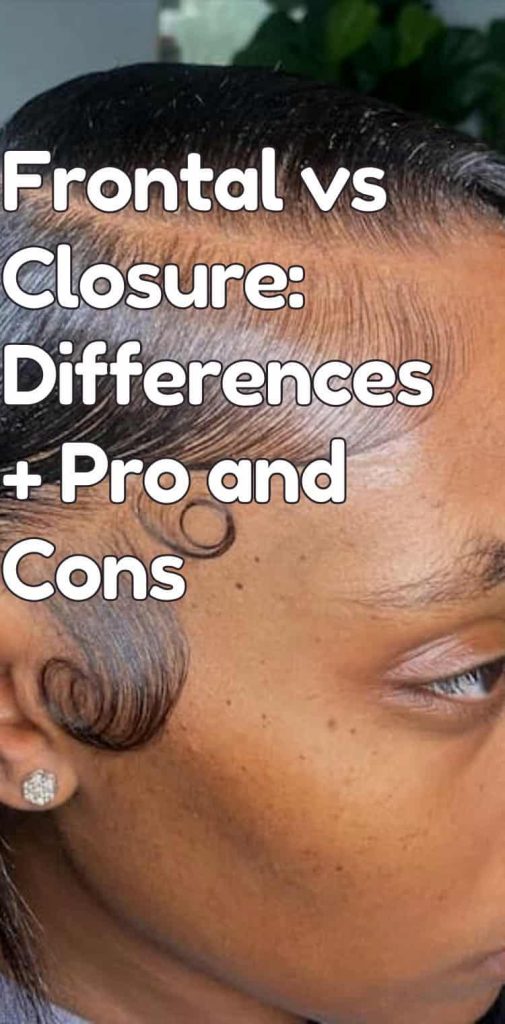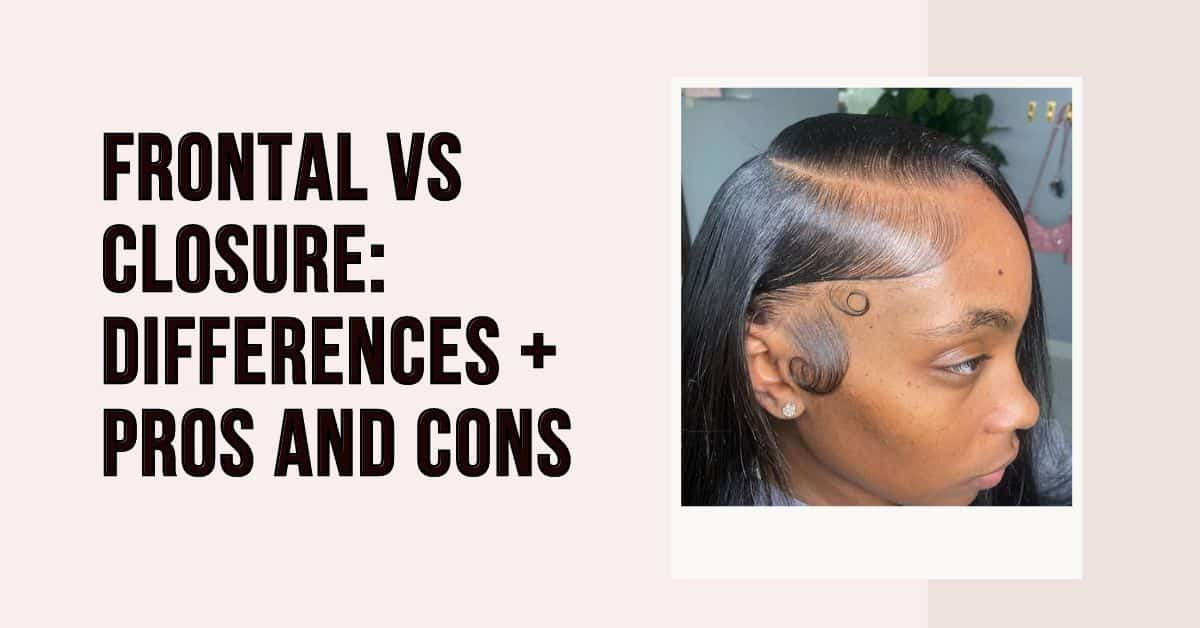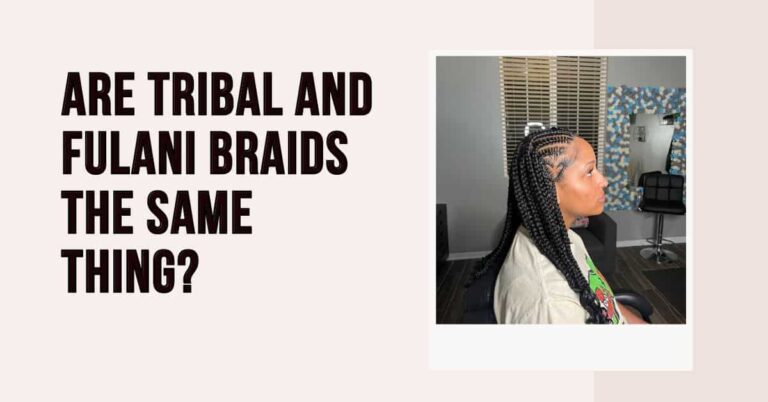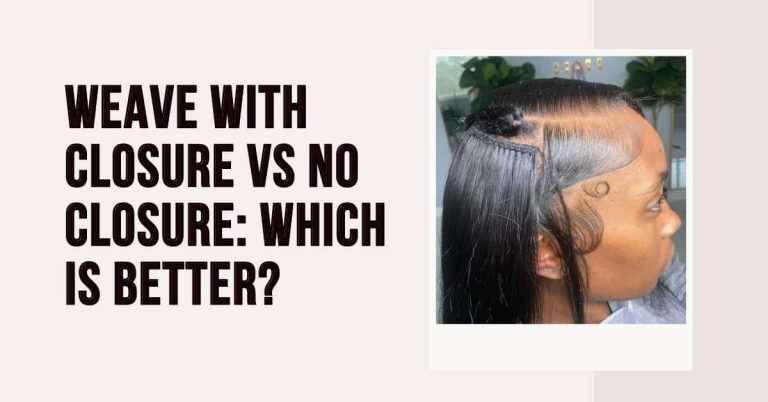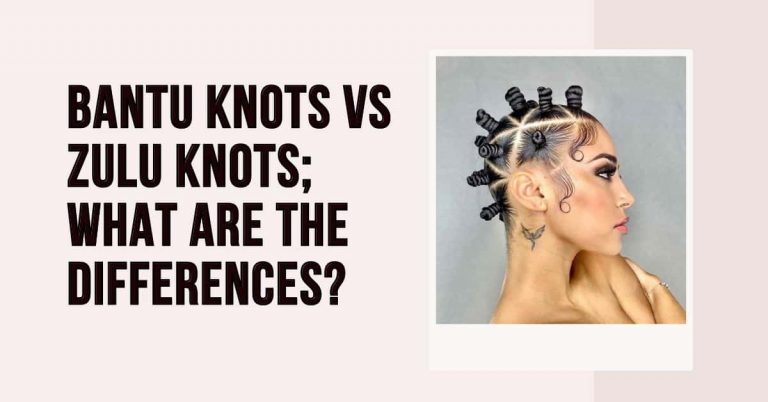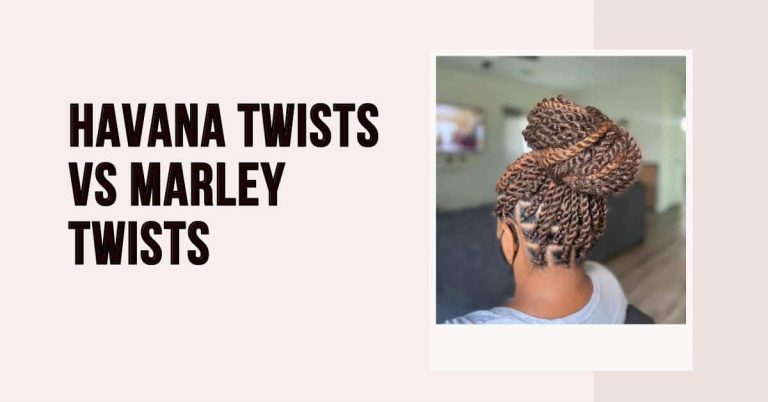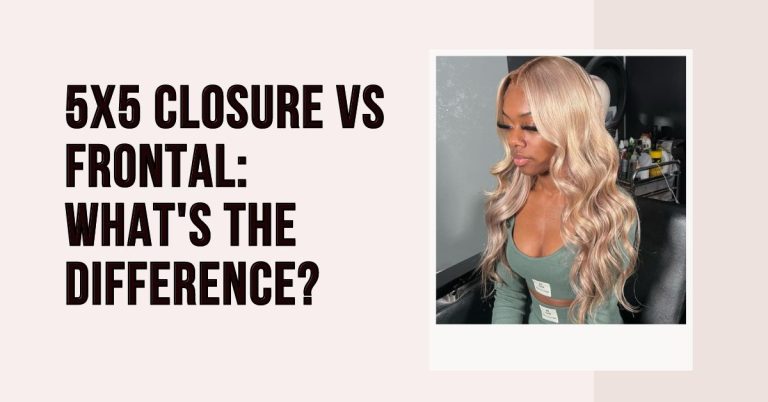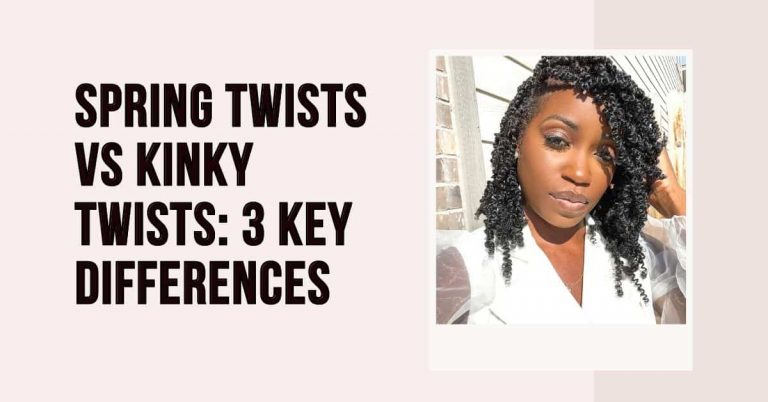Frontal vs Closure; Top Pros and Cons You Should Know
There are typically several questions to answer when choosing or making a wig. However, one of the most consequential ones that deal with the actual look of the wig is whether to choose a frontal or a closure and why you might want to go for either.
Frontals and closures are both excellent finishes for weaves and wigs, and they both have their set of advantages and disadvantages. Before choosing either, you should consider the pros and cons of each, and how they match up to your requirements in a hairstyle.
In this article, I’ll explain the details of frontal vs closure and their benefits and disadvantages in wigs and weaves. Also, you’ll see examples of each finish to help you make a buying decision you won’t end up regretting in the long run.
What is a Frontal?
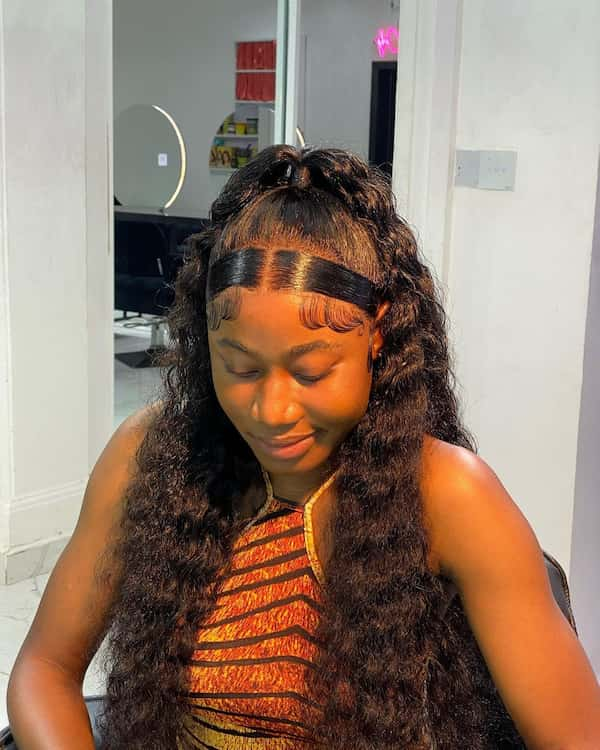
A lace frontal simply called a frontal, is an ear-to-ear hairpiece that you sew onto a wig or weave. To accommodate for the width, frontals are generally around 13 inches wide and four inches across, easily stretching ear to ear and also halfway to the back.
Since a frontal makes up for a significant portion of your hair’s volume in one piece, it’s by far the more natural-looking. There are many other benefits to getting a frontal, with a few drawbacks, but I won’t outline them until we take a look at the meaning of a closure.
What is a Closure?
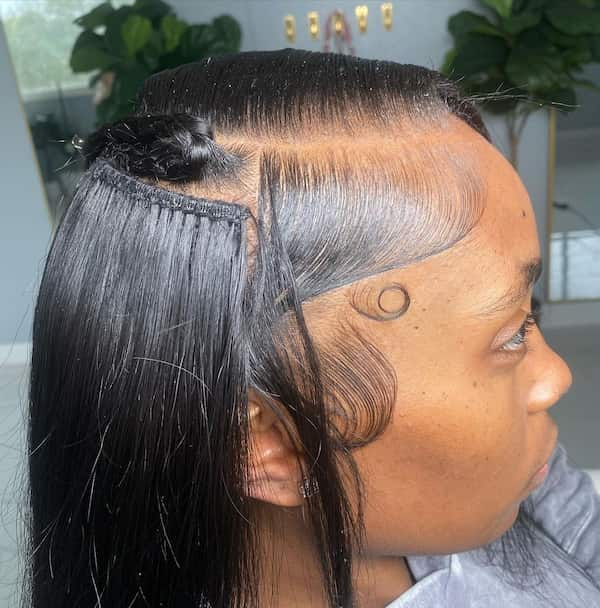
Lace closures, or simply closures, are 4×4 hair pieces you can use to close off your wig in a certain style. Unlike frontals, they don’t stretch ear to ear, but they come in different styles for added flexibility to help you style your wig or weave however you want.
Since closures are always four inches wide and long, they cover the same distance of length and width on the wig’s surface or your scalp. Closures also don’t try to recreate a hairline, unlike frontals; instead, you may want to consider using one when you need a center parting for a hairstyle.
What is the Difference between a Closure and a Frontal?
From the descriptions, it’s already obvious that there’s a significant difference between closures and frontals. Unless you know a bit about hair accessories before reading this article, there’s still a lot for you to learn about the differences between a closure and a frontal.
The most noticeable difference between a closure and a frontal is the size. While closures look pretty small and compact, frontals are typically the opposite, as they’re usually the size of three closures put side by side to be large enough to spread ear to ear. While a closure is usually 4×4, the most common size for a frontal is 13×4.
Also, you’ll have to sacrifice some versatility to choose a closure over a frontal, and the reason all boils down to the size. Since the former is pretty small, you’ll have to consciously avoid the side wefts when styling your hair, but that won’t be necessary with the latter, making it the more versatile option.
Another crucial difference is the cost, and you probably already know where this is going: frontals are a lot more expensive than closures. The reasons aren’t farfetched; frontals are bigger, look more natural, feel more convenient, and have a higher demand; it’s only natural that they sell for a higher price than closures.
Pros and Cons of Frontal vs Closure
Frontals and closures have different functions, making it somewhat difficult to make an apples-to-apples comparison of both styles. However, it’s possible to evaluate the advantages and disadvantages they both bring to the table to evaluate which one you need for your wig or frontal.
Since I’m generally a positive person, I’ll start by listing the benefits of both frontals and closures.
Pros of Closures
1. Cost
Frontals are typically significantly more expensive than closures, but the latter is also smaller than the former, so it’s not surprising. I also believe the lower cost to be due to the lower demand; so you’re in luck if your hairstyle specifically requires a closure.
2. Longevity
While frontals are typically easier to install and maintain, closures tend to last for much longer, especially with proper maintenance. If you want a quick fix for hair thinning or bald spots that you won’t have to replace every couple of weeks, you’re looking for a closure.
Pros of Frontals
1. Flexibility
Lace frontals make it easy to style your wig or weave in different ways, thanks to the sheer size and general design. While you have to worry about hiding the side wefts with closures, that’s not a thing with frontals, and it makes the whole process of getting one more versatile.
2. Easy installation
Since you simply don’t have to install several frontals in one wig or weave, the installation process is typically quicker and easier than that of a closure. It takes approximately one hour to get a frontal, which is about as quick as you can ask for, given that it makes up nearly half your entire hairstyle.
Cons of Closures
While closures tend to cost less and last longer, they’re unfortunately not a very versatile solution for wigs or weaves. Closures allow you to have three-part, free-part, and middle-part hairstyles, but if you’re looking for something beyond that, you’re unfortunately out of luck.
Other than that, you may find it difficult to get a perfect fit with closures, especially when installing them yourself. If you want the perfect-looking hairstyle with no flaws, you should consider paying a bit extra to the hairstylist.
Cons of Frontals
As I mentioned earlier, lace frontals are pretty expensive, and that’s not only because they’re larger. Basic economics demand that the prices be higher than that of closures, given that they’re more in demand, making them less attractive to the budget buyer.
Frontals also stick to the front of your scalp using some pretty harsh materials, and those can do a great deal of damage to your hairline. It doesn’t happen to everyone, but if you notice skin irritation after installing one, you may have just signed up for a receding hairline.
Conclusion
There’s a market for both frontals and closures, as it’s clear that both of them are useful in different ways. While the former is bigger and more flexible, the latter is cheaper and lasts much longer; it’s up to you to choose which of the two you prefer.
If you enjoyed reading this article, you should also like some of our other guides below.
- Havana Twists vs Marley Twists; Which is Better?
- What’s the Difference between Dreads and Locs?
- What are the Differences Between Soft Locs and Faux Locs?
- Zulu Knots vs Bantu Knots; What are the Differences?
Pin for Later
